Taking Measure
Just a Standard Blog
In Case You Missed It From NIST: 2021 Edition
While the pandemic still grips the world, researchers at NIST continue their work on COVID-19 related research, as well as the wide range of other science and technology topics NIST is known for.
We have pulled together a selection of stories, videos and other content from around NIST to let you see what they’ve been up to not just this year, but in some cases, for many years now. You'll also learn a little bit more about how we measure things. Happy reading!
Measuring the Cosmos
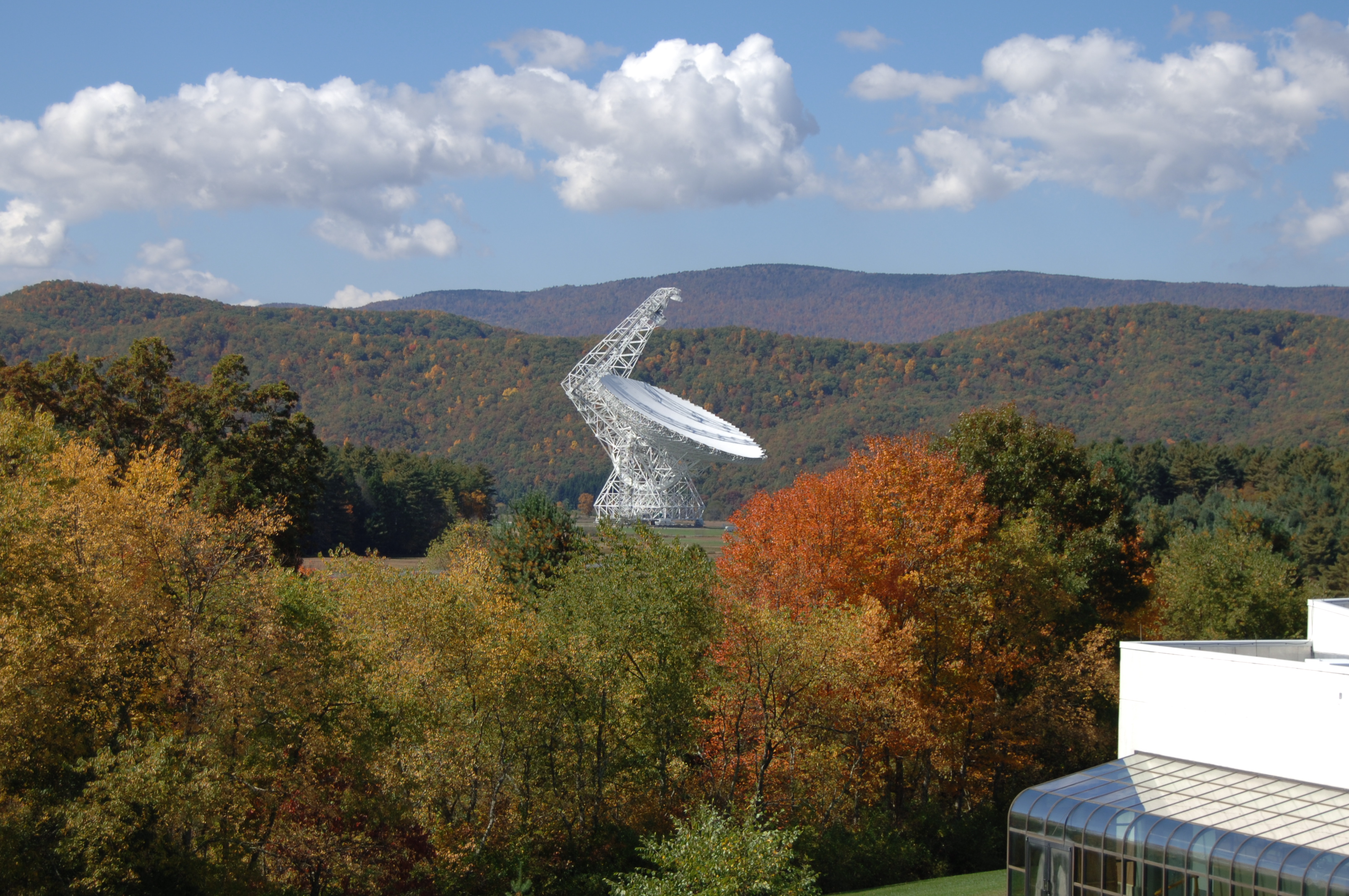
When you think space, you probably think NASA. But did you know that NIST has a role in space exploration? NIST sensors and electronics are helping scientists around the world — from Hawaii to Antarctica — study our cosmos. They’re also being installed on satellites. Learn more about NIST’s efforts to help measure the cosmos.
How Do You Measure It?

You have questions. We have answers. From how we measure things like time or alcohol content to how smoke and carbon monoxide detectors “measure” to keep us safe, we’re helping you learn how measurements get made. And while NIST may not actually measure some of these things, we are determined to research and answer your measurement-related questions.
Streamlined NIST Tool Could Help Homeowners, Renters Reduce Airborne Exposure to COVID
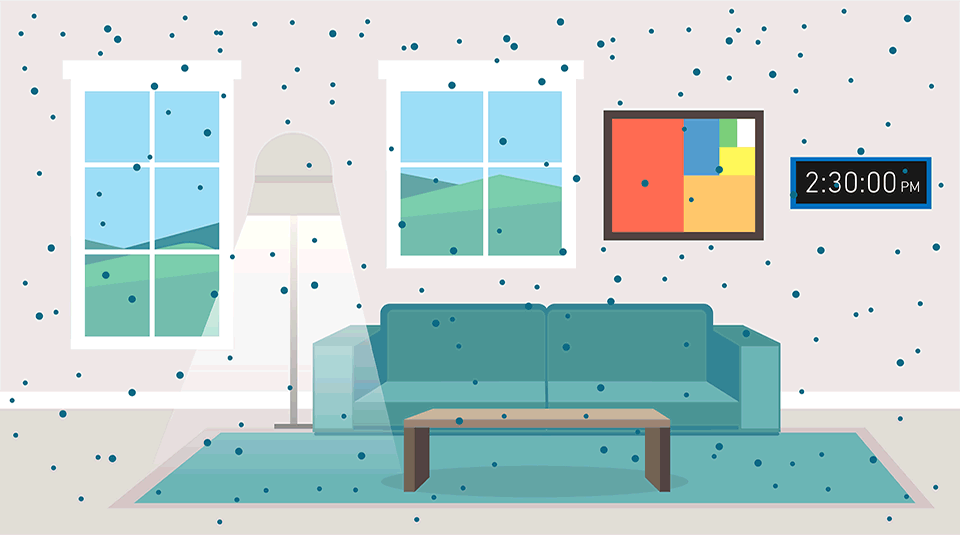
As you gather with loved ones this holiday, safety is likely top of mind. An online tool from NIST researchers could help you make your (indoor) holiday festivities a bit safer. The tool, created with support from the CDC and CDC Foundation, leverages factors such as ventilation and air filters to reduce the number of potentially infectious particles in the air.
The Joplin Tornado: A Calamity and a Boon to Resilience, 10 Years On
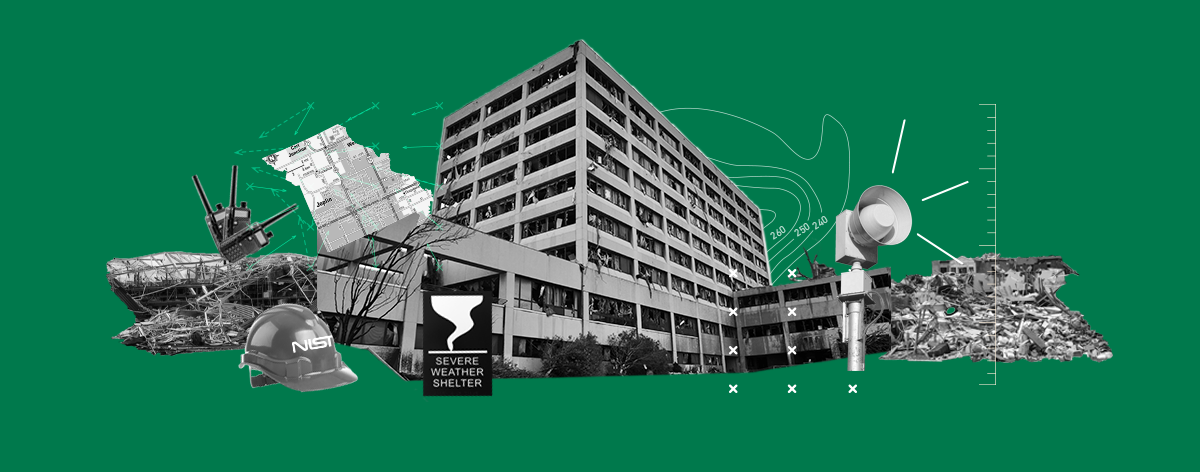
In 2011, a powerful tornado moved through Joplin, Missouri, killing 161 and causing billions of dollars in damages. NIST embarked on a multiyear investigation of the Joplin tornado that uncovered vulnerabilities in emergency communications, building designs and wind measurements. Read about the investigation, NIST’s findings, the 16 recommendations investigators made and the impact those recommendations have had.
NIST Greenhouse Gas Measurement Program
Carbon dioxide emissions from cities dropped by a third during the first few months of the COVID pandemic. One way scientists were able to track these changes was using CO2 sensors on buildings and rooftops. This may sound like an obvious way to do it, but the approach is new, and potentially an important tool for cities that are working to reduce their greenhouse gas emissions.
Safe, Efficient, Reliable: New Science in the Fight Against Killer Drugs
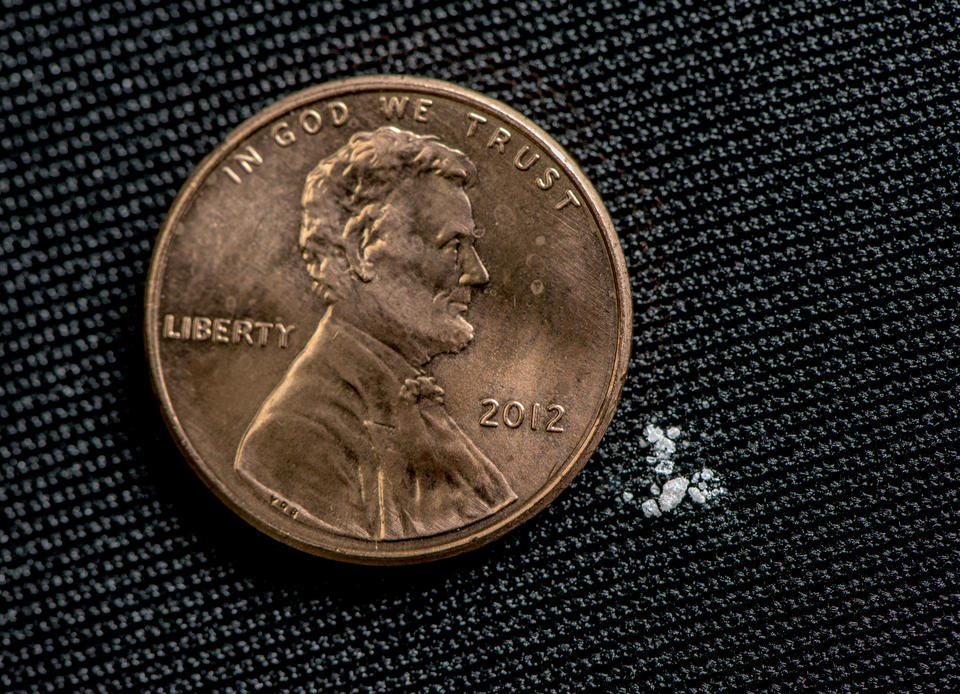
While much of the country was focused on COVID, some researchers were focused on another public health epidemic: drug overdose deaths. In November, the U.S. Centers for Disease Control and Prevention announced a frightening statistic: For the 12-month period ending in April 2021, more than 100,000 people died of drug overdoses. And of those 100,000, nearly two-thirds were caused by synthetic opioids, primarily fentanyl. At the same time, scientists in Connecticut and Vermont raised the alarm around fentanyl-laced marijuana. Fentanyl is not only killing the users themselves; it’s also putting the police, first responders and forensic chemists who encounter it in their work at risk. To save lives and protect workers, NIST scientists are developing new tools that can detect and identify this deadly substance safely, efficiently and reliably. Learn more about these efforts.
Masks Under the Microscope
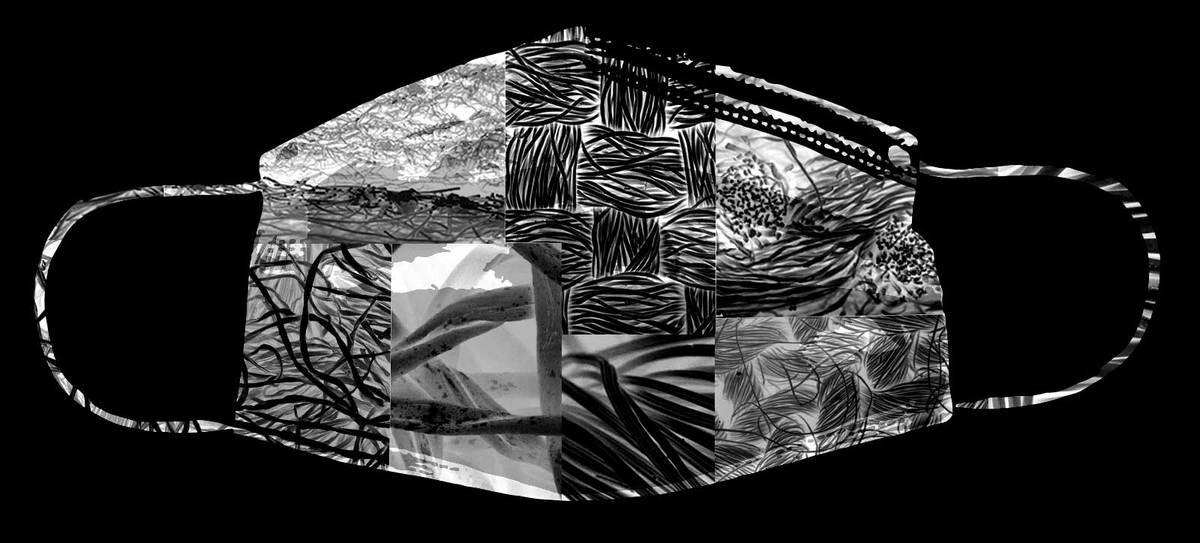
Much of the news this past year was filled with stories of COVID-19 and whether masks were effective in helping curb its spread. NIST scientists know that to understand how something works, it helps to see it up close. A team of our researchers took this approach when studying the fabric masks that people wear to slow the spread of COVID-19. Check out the photos here.
What a Comb Can Do
First developed to build better atomic clocks — and responsible for NIST researcher Jan Hall’s Nobel Prize — optical frequency combs are ultra-precise rulers for light. The measurements they can make have opened a plethora of research doors, from astrophysics to health.
You can read more about frequency combs in this blog post or on this explainer page.
Piecing Together the Timeline of California’s Deadliest Wildfire
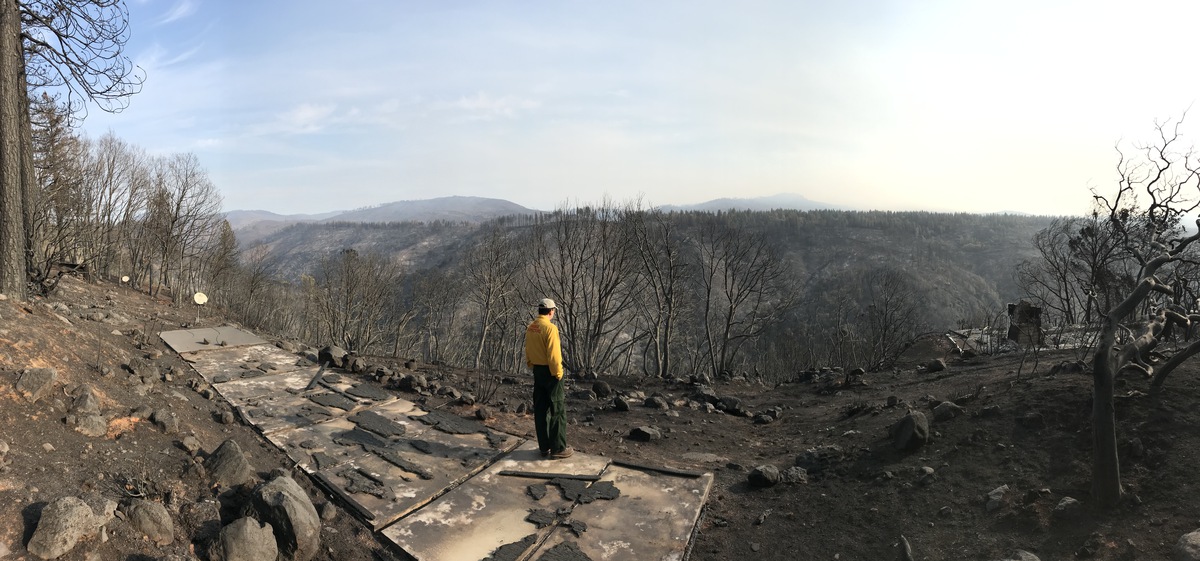
California's deadliest and costliest wildfire so far, the 2018 Camp Fire damaged several communities, nearly destroying the town of Paradise. By speaking with more than 150 witnesses, NIST researchers uncovered the conditions leading up to the fire and its aftermath.
In a report published in January 2021, NIST details the first 24 hours of the fire's progression, offering key insights into what made it so severe and what might prevent fires like these in the future. Check out a collection of photos from that report.
Resilience in Manufacturing: InCharged and NJMEP
A manufacturer whose product line focused on in-person events had to pivot when the pandemic shut down meetings down. This video from NIST’s Manufacturing Extension Partnership takes you along on their innovative journey.
We hope that you enjoyed this selection of content from the past year at NIST.
Comment below if you’d like to hear more about any of these topics … or if there are other topics or stories you’d like us to tell in this blog in 2022.




